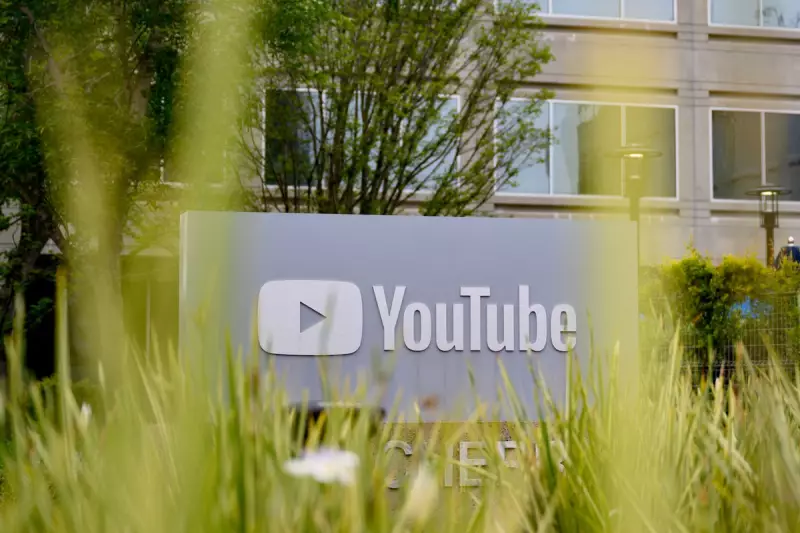
A major showdown between entertainment giant Disney and streaming platform YouTube TV has left millions of subscribers in limbo, with popular channels including ESPN and local ABC stations disappearing from the service.
The channels were abruptly pulled after the two corporations failed to reach a new distribution agreement before Friday's deadline, highlighting the increasingly tense negotiations between content creators and streaming platforms.
What's at stake for subscribers
YouTube TV customers across the United States have lost access to a significant portion of their entertainment and sports programming. The affected channels include:
- ESPN and its sister networks (ESPN2, ESPN3, ESPNU)
- Local ABC stations in multiple markets
- Disney Channel and Disney Junior
- FX networks and National Geographic channels
In a statement to customers, YouTube TV acknowledged the disruption, stating they were working to "secure an agreement that is fair and provides great value for our members."
The financial tug-of-war
At the heart of the dispute are carriage fees - the payments YouTube TV makes to Disney to broadcast its channels. Disney is seeking increased compensation for its content, particularly its valuable sports programming through ESPN.
YouTube TV, which currently charges $64.99 per month, faces the difficult decision of either accepting higher costs that would likely be passed to consumers or maintaining its current pricing while offering less content.
The timing is particularly sensitive with major sports events ongoing, leaving sports fans frustrated at the prospect of missing games during the crucial negotiation period.
Consumer protection measures
In a temporary relief for affected subscribers, YouTube TV has reduced its monthly price by $15 while the channels remain unavailable. The company stated this reduction reflects the value of the missing programming.
Industry analysts suggest this blackout could last several days or even weeks, depending on how quickly both parties can bridge their differences. Similar disputes between content providers and distributors have historically resulted in temporary channel removals followed by eventual agreements.
As the streaming landscape becomes increasingly competitive, such carriage fee disputes are becoming more common, ultimately forcing consumers to navigate an unpredictable media environment where their favourite channels can disappear with little warning.





